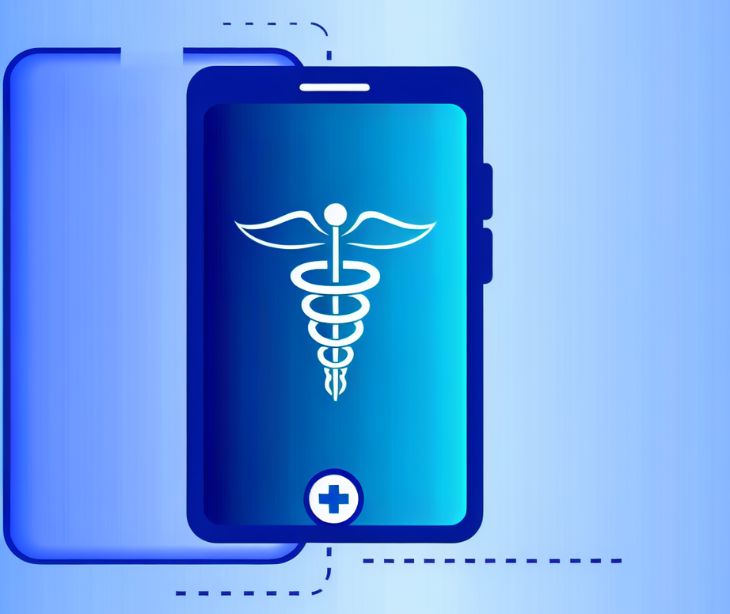2 min read
Using automated messaging in chronic disease management
Kirsten Peremore
October 09, 2024

Automated messaging improves chronic disease management by delivering timely reminders for necessary aspects of care like medication adherence and appointment scheduling. By offering consistent support, it becomes a valuable tool for healthcare providers to keep patients engaged and on track with their treatment plans.
What is automated text messaging?
A 2019 study published in The Journal of Bone and Joint Surgery provides, “Standard SMS has been previously reported to be an effective means for delivering timely information, increasing patient compliance and outcomes.”
Automated text messaging is a technology that allows organizations to send pre-scheduled or triggered text messages to individuals without human intervention. It takes the functionality of standard text messaging to the next level by streamlining communication.
The role of automated text messaging in chronic disease management
Regular communication with patients is often considered one of the primary forces behind improved patient provider relationships. It can, however, be difficult for staff to maintain regular communication for purposes like medication reminders or consistently sending educational content to each individual patient. Automated text messaging prevents the inevitable burden of standard messaging while allowing for oversight in case of potential error.
How it works
- Identify patient needs based on their chronic disease to determine what information and support they need.
- Create clear and relevant messages that include reminders, educational content, and motivational support tailored to patient's conditions.
- Schedule messages to be sent at appropriate times like medication reminders or appointment notifications.
- Inform and enroll patients in the text messaging program, making sure they understand how it works and provide consent even if not required for encrypted communication platforms like Paubox.
How to make sure automated messaging for chronic disease management remains HIPAA compliant.
Use a HIPAA compliant messaging platform
- Select a HIPAA compliant text messaging platform that provides features like secure storage and access controls.
- Sign a business associate agreement (BAA) with the messaging provider outlining their responsibilities in protecting patient information.
Limit information shared by text messages
- Avoid sending any protected health information (PHI) through text messages.
- Keep messages educational and general, instead of focusing on specific health conditions use medication reminders or health tips.
Obtain patient consent
- Allow patients to opt in for messaging services and provide them with the ability to opt out at any time.
FAQs
What is a business associate agreement?
A BAA is a legal contract between a healthcare provider and a third party that ensures the protection of PHI.
What is PHI?
Any health related data that can identify an individual.
What is the function of an opt in and is it legally necessary?
An opt in allows individuals to give explicit consent before receiving communications. For treatment related communications with patients, it is only a matter of courtesy as long as encrypted communication methods are used.
Subscribe to Paubox Weekly
Every Friday we'll bring you the most important news from Paubox. Our aim is to make you smarter, faster.



